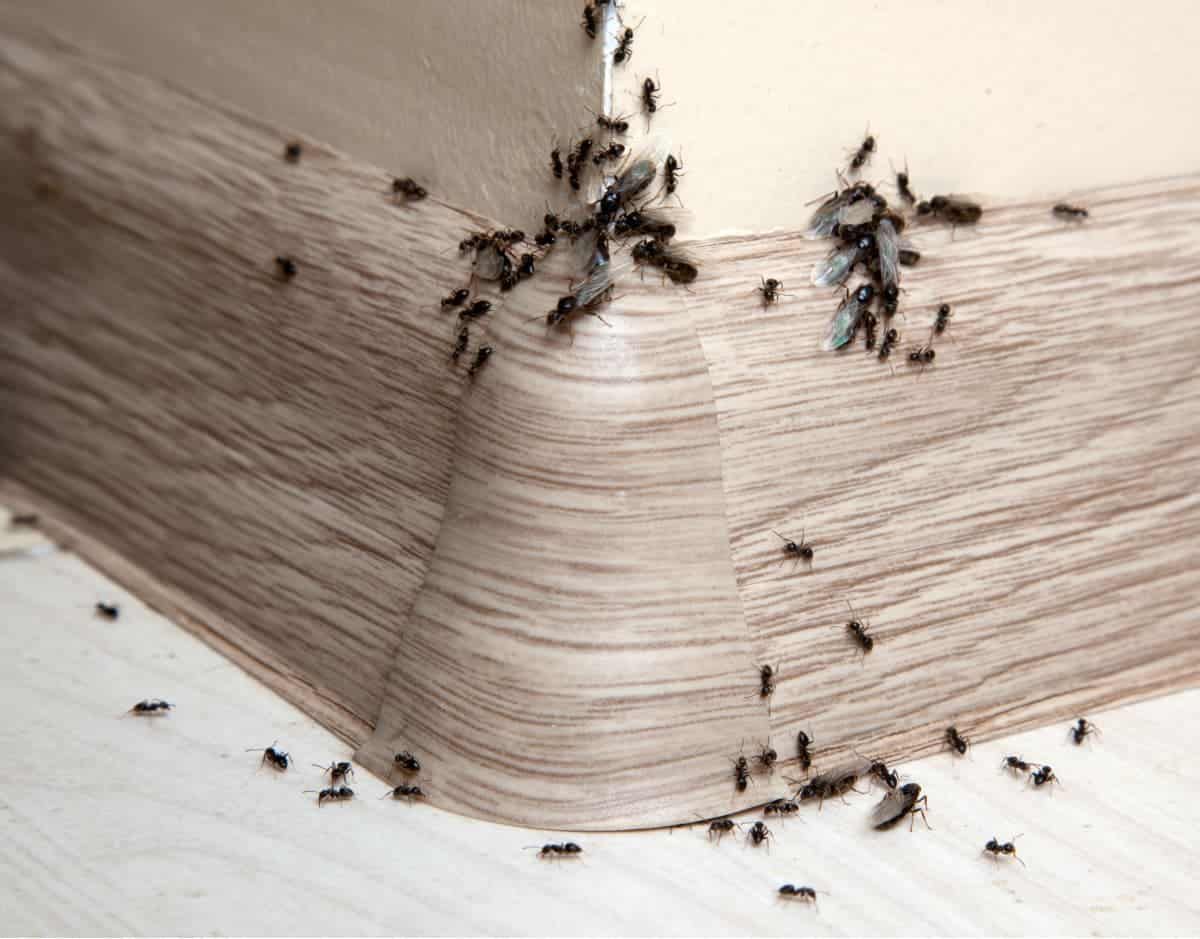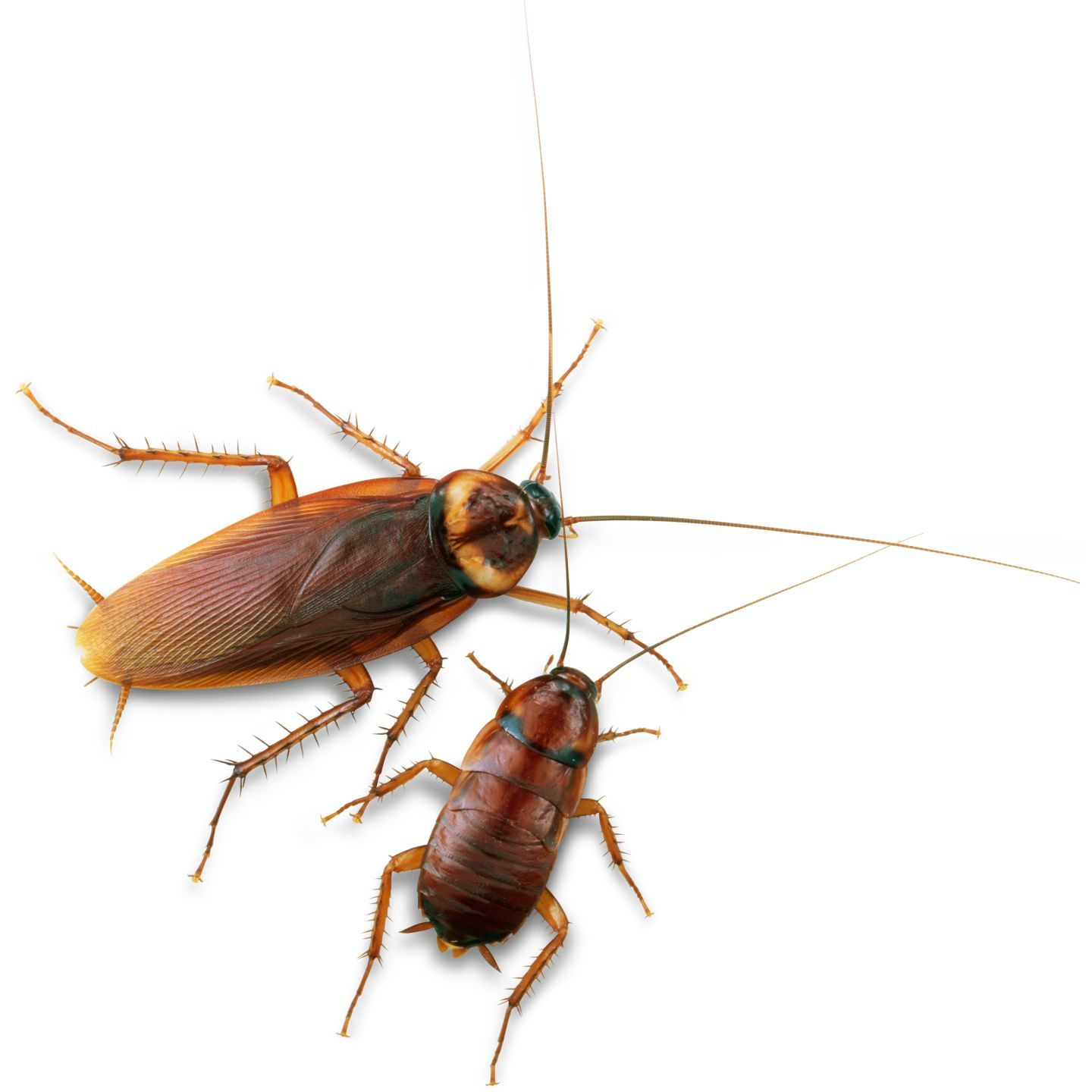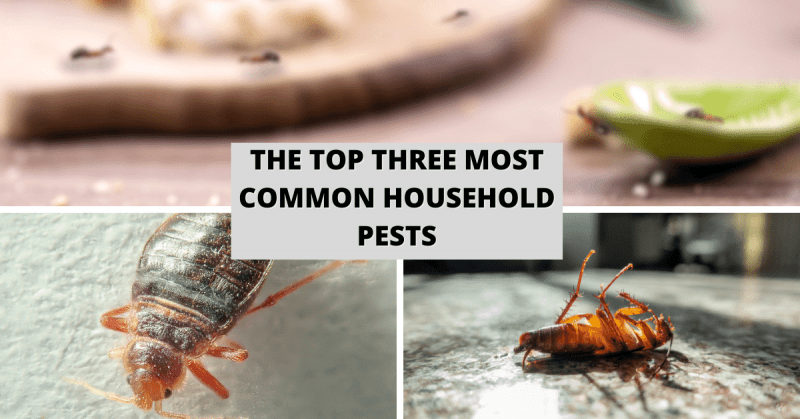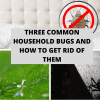No matter how much we enjoy someone’s company, it’s not all the time that their visit is welcome. Sometimes, we want to be left alone. Sometimes, we just need time to ourselves. And sometimes, we just don’t want others eating our food and infecting our personal space, as pests and parasites tend to do.
Thank you for reading this post, don't forget to the best blogger Guy About Home who offers the best garden and home improvement tips! If you are a home decor and design fan, don't miss the tips on home ideas. If you are a home garden owner, then you might be interest in our complete guides to house plants!
Without mentioning your lazy younger sibling, we’ll outline three of the most common household pests.
1. Rodents:

Image Source: Pinterest
As with us humans, rodents are attracted to shelter and free food. Problem is, their “visits” are more like invasions. They can come as individuals, but they’re likely to come with their cousins and then some. Rodents are unpleasant, to say the least.
Further to that point, rodents can carry diseases and can be a serious health hazard. By now, it’s probably obvious that you should find a way to deal with them. Calling in the experts and have them execute their SOP would be a very recommended route.
Some diseases that the rodent family can carry and spread are as follows:
- Lassa Fever
- Plague
- Rat-bite fever
- Hantavirus Pulmonary Syndrome
- Hemorrhagic Fever with Renal Syndrome
- Lymphocytic Chorio-meningitis (LCM)
- Leptospirosis
- Salmonellosis
- Tularemia
- South American Arenaviruses (Argentine hemorrhagic fever, Bolivian hemorrhagic fever, Sabiá-associated hemorrhagic fever, Venezuelan hemorrhagic fever)
Now don’t get me wrong, not all rodents are unpleasant. But, to most of them, a random, unsolicited visit might not be very welcome. Here are a few species of the rodent family:
- Hamster (See? Not a repulsive one.)
- Rat/Mouse
- Squirrel
- Chinchilla
- Beaver
- Gerbil
- Coypu
- Murids
- Gopher
- Guinea Pigs
- Lemmings
- Cavies
Should you have a rat/mice problem, it would be very beneficial to educate yourself on the best way to get rid of mice. You could chance it by doing it yourself, but then again, why risk you and your family’s health?
However, should you want to, you may try placing hardware cloths around openings, or screens with minimal gaps. These will act as deterrents but might as well block them outright from entering. Also, if you’ve observed that they frequent a particular pathway, try spreading mouse traps around that area.
If all else fails, consider getting a cat. They do the work for you!
2. Ants

Image Source: Pinterest
Ants are probably the most common, and most numerous visitors in your home. These scavengers are out on a hunt for any leftover food, crumbs, scraps, anything they can sense. Fortunately, as disgusting as it sounds, they would also eat dead insects. That’s a plus but not enough of a reason to keep them around.
Ants will most likely create their own home inside, or outside, yours. An anthill may have sprouted anywhere from a crack or crevice in your building, a part of your yard with lots of wood, and even on the soil. If you have a lot of wood or wood debris around your house, it would be the best practice to distance them as much as possible from your home.
It would also be the best practice to tightly seal any leftover food in a container and store them somewhere out of reach. Whenever food drops somewhere, immediately pick it up and clean the tainted area.
Here are a few different types of ants and some quick facts:
-
Carpenter Ants
- Inside wood is where they build their nests.
- Unlike termites, they don’t consume the wood.
- They, however, hollow out sections of it.
- Widespread common nuisance because they are a significant cause of structural damages.
- Prefer highly humid environments to house their eggs
-
Pavement Ant
- Tetramorium caespitum
- Native in Europe
- has two nodes on the petiole, has two spines on the back, and grooves on the head and thorax
- Interestingly, this type of ant engages in a sort of “turf or gang war” in the summer. They attempt to “conquer” new areas; thus resulting in the deaths of a bunch of their comrades.
- Three types of pavement ants
- Alates
- Worker (Has a small stinger. Harmless but can cause mild discomfort.)
- Queen
-
Red imported fire ant (RIFA)
- This particular species of ant is native to South America.
- Can also be found in:
- New Zealand
- Asia
- The Caribbean
- Austrailia
- They exhibit necrophoric behaviour – They carry their dead comrades from the nest to a pile. This behaviour is an endeavour towards sanitation; to prevent diseases.
- Omnivorous
3. Cockroaches

Image Source: Pinterest
This flying menace is a force to reckon with. It has been said that in a nuclear fallout, it’s not us humans surviving. It’s these roaches. It doesn’t help that, next to ants, these are the second most frequent visitor to our homes and are capable of both carrying and spreading diseases. Also, the females do not actually need the males to reproduce. Sheesh, they are resilient!
Here are a few types of cockroaches and some quick facts about them:
-
Brown-banded cockroach
- Supella longipalpa
- Grows to about 13mm
- Flight available to males only
- two light yellow bands can be seen across the female’s body
-
Oriental cockroach
- Blatta orientalis
- brown or black frames
- females can grow larger than males (7mm max difference)
-
German Cockroaches
- Blattella germanica
- 12-17mm long
- pale brown
- lives 12 months and can produce more eggs than the other species
Needless to say that an infestation from any of these types can be an unpleasant experience, to say the least. Once it happens, unless swatting them one-by-one is a pastime you would like to partake in, its best to fumigate your home with pesticides. It would be best to call the experts for this!
Call the experts!
In the end, there will always be ways to get rid of all the ones listed above, if you’re creative, patient, and/or resourceful enough! Also, a quick Google search will show you a bunch of DIY guides that can outline the steps you need to take one-by-one. Give it its due diligence, and you’re off to the races, so to speak!
That said, if you make mistakes, the problem can get much worse than expected. It is highly recommended, and probably best, to call the experts in the first place. While going on an adventure might most of the time be a great idea, it can sometimes also lead to disaster.
For more amazing ideas you can have, visit Guy About Home today or you can check the related blogs:




